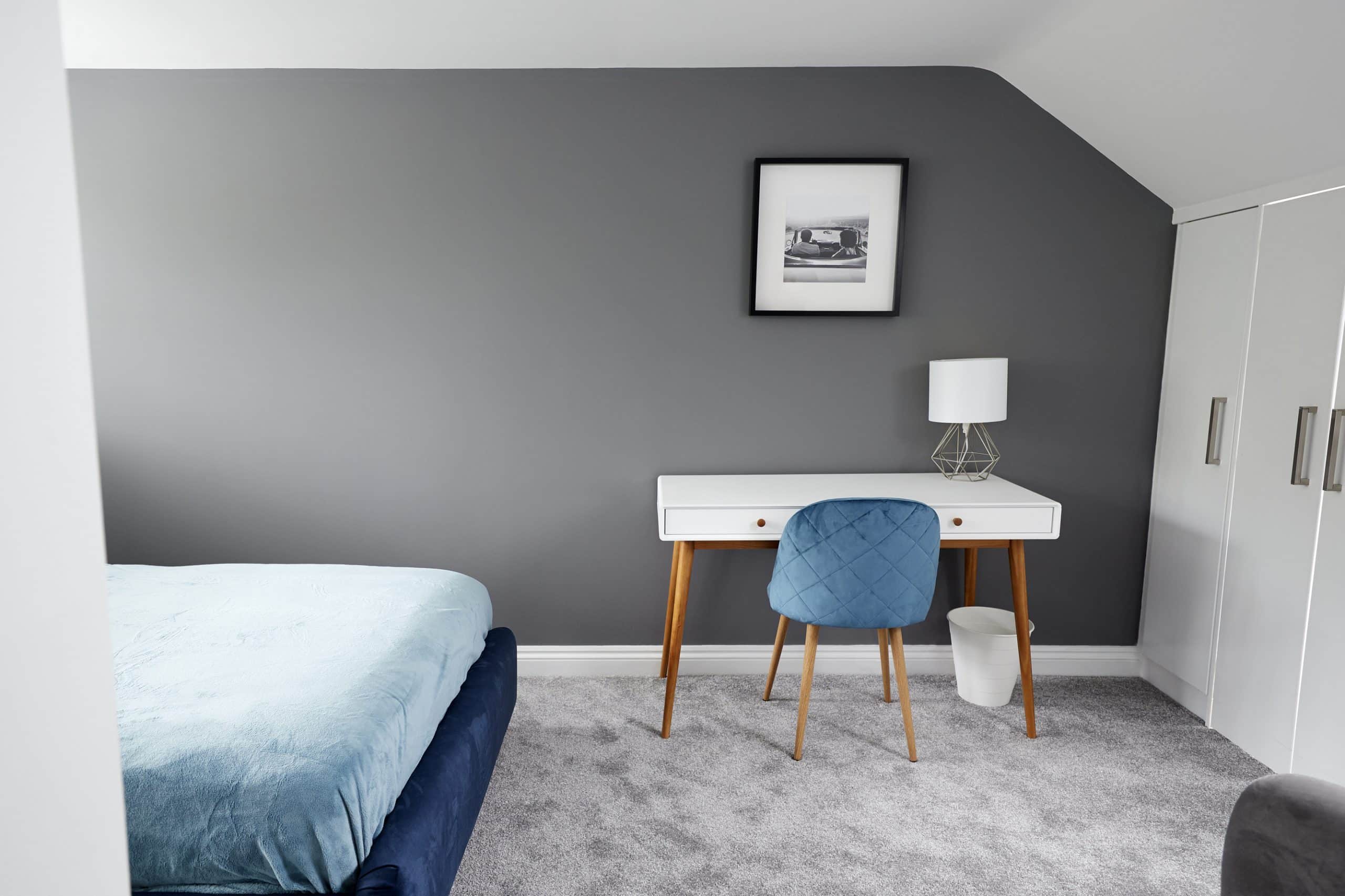What Are the Challenges in Converting Commercial Properties to Residential Use in London?

As the demand for residential property intensifies, many cities, including London, have been exploring various means to cater to this need. One such strategy that has experienced growing popularity is the conversion of commercial buildings to residential use. However, this process is not without its challenges. In the following sections, we will delve into these difficulties, focusing on planning permission, local regulation, space optimisation, and sustainability issues.
Understanding the Planning Permission and Local Regulations
The first hurdle in the conversion of commercial properties to residential use is obtaining planning permission. Planning permission is a legal requirement in the UK before any significant building work can begin. It ensures that the proposed development is in line with local and national planning policies.
This might interest you : How to Manage Real Estate Investments during the Transition to a Cashless Society?
Although the UK government has made some relaxations in planning regulations, particularly for office to residential conversions under permitted development rights (PDR), there are still specific criteria that the property must meet. For instance, the building should have been in office use (Class B1(a)) on 29 May 2013 or last in use for an office. The local authority also retains the right to deny the conversion under specific grounds, such as transport and highway impacts, contamination risks, or flood risks.
Moreover, it’s important to note that certain areas, such as Central Activities Zone, designated conservation areas, and areas of outstanding natural beauty, are exempt from PDR. Therefore, if your commercial property is within these designated areas, a full planning permission will be required, which can be a more complex and lengthy process.
Additional reading : How Can Real Estate Investors Assess the Viability of Brownfield Redevelopment Projects?
Optimising Space for Residential Use
The second challenge lies in optimising the space for residential use. Commercial buildings, especially offices, are typically designed for a different purpose, with large open spaces, tall ceilings, and often lack the necessary amenities for a home.
When converting to residential, careful planning is necessary to create functional and comfortable living spaces. This may involve adding interior walls, installing new plumbing and electrical systems, creating outdoor spaces, and ensuring there is adequate natural light. In addition, considerations need to be made for accessibility, security, and privacy, which are more critical in residential developments.
Ensuring the Building’s Sustainability
Sustainability is another significant concern in conversions. Residential buildings typically have higher energy needs than commercial ones because they are in use around the clock. As a result, converting an office or other commercial property to residential use can significantly increase the building’s energy consumption, which could raise sustainability issues.
To mitigate this, developers will need to incorporate energy-efficient designs and technologies into their projects. This could involve improving insulation, installing energy-efficient heating and cooling systems, and utilising renewable energy sources. However, this can increase the cost and complexity of the project.
The Importance of Comprehensive Data in Project Development
The successful conversion of commercial properties to residential hinges on comprehensive data analysis. Accurate data can provide insights into the potential demand for housing in a particular area, the expected costs of conversion, and the predicted return on investment.
It’s crucial to conduct detailed market research to understand the local housing market, demographic trends, and buyer preferences. This will inform decisions on the type and size of dwellings to create, the level of finish required, and the potential selling price or rental income.
Moreover, a thorough feasibility study should be undertaken to assess the suitability of the building for conversion. This will cover areas such as structural assessment, building services condition, access issues, and potential planning constraints.
Overcoming the Challenges
Converting commercial properties to residential use is no small task, and the challenges discussed are some of the many you will encounter. However, with careful planning and consideration, these hurdles can be overcome.
It’s advisable to work with a team of experienced professionals, including architects, planners, and engineers, who can provide expert advice and guidance throughout the project. It’s also important to liaise closely with the local planning authority to understand their requirements and expectations.
While the process can be time-consuming and complex, the potential benefits of conversion – from meeting the demand for housing to giving a new lease of life to redundant buildings – can make it a worthwhile endeavour.
The Role of Building Regulations and Real Estate Implications
Understanding building regulations is another critical aspect to consider when converting commercial properties into residential units. Building regulations are the minimum standards for design, construction and alterations to virtually every building in the UK. They are developed by the UK government and approved by Parliament.
These regulations cover various areas including structure, fire safety, sound insulation, ventilation, drainage and waste disposal, conservation of fuel and power, access to and use of buildings, and resistance to moisture, among others. Therefore, before embarking on a conversion project, developers must ensure that they are conversant with all the relevant building regulations and that their proposed changes are compliant.
An important point to note is that building regulations are separate from planning permission. Even if you have received planning permission or are converting under permitted development rights, you must still meet the relevant building regulations.
Additionally, one must not ignore the real estate implications of such conversions. For instance, the value of the commercial property may increase or decrease depending on factors like location, demand for residential units in the area, the cost of conversion, and the state of the property market at the time of conversion. It’s also important to consider the potential rental yield or sale price once the conversion is complete.
Accommodating Different Residential Uses: Student Accommodation and High Street Residential
Different types of commercial properties may be converted into varying residential uses depending on the local market demand. For instance, in university cities or towns, there is often a high demand for student accommodation. Converting office buildings or other commercial properties into student housing can be a viable option.
However, this type of conversion comes with its own set of challenges. Student accommodation typically requires a higher number of smaller bedrooms, communal living and study spaces, and often en-suite bathrooms. This could mean a more complex conversion process and higher costs. Also, it’s often subject to additional planning requirements, and the property must meet specific safety and management standards.
On the other hand, in areas with a thriving high street, converting commercial properties into residential units can help revitalise the area and meet the demand for city-centre living. However, these conversions may involve dealing with noise and privacy issues, ensuring sufficient daylight in units, and the creation of quality outdoor spaces.
Conclusion
The conversion of commercial properties to residential use in London is a complex process that requires comprehensive understanding and careful planning. From gaining planning permission and complying with building regulations, to optimising space use and ensuring sustainability, a multitude of challenges come into play.
However, with a detailed understanding of the local property market, a thorough feasibility study of the building, and collaboration with a team of experienced professionals, these challenges can be effectively managed. Moreover, such conversions hold the potential to breathe new life into redundant commercial properties, meet the growing housing demand, and contribute to the revitalisation of urban areas.
While the journey of converting commercial properties to residential may be a challenging endeavour, it is certainly a journey worth embarking on for its potential benefits. It’s more than just transforming a building; it’s about reshaping our homes, our high streets, and our cities.
